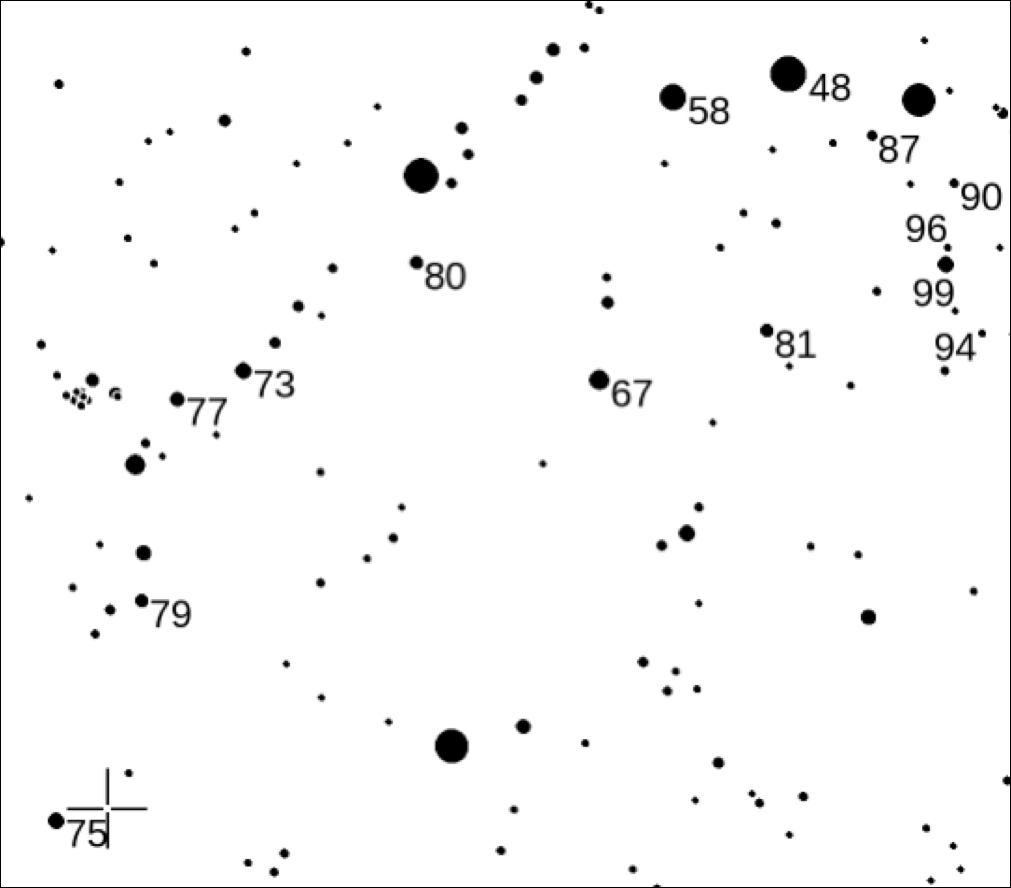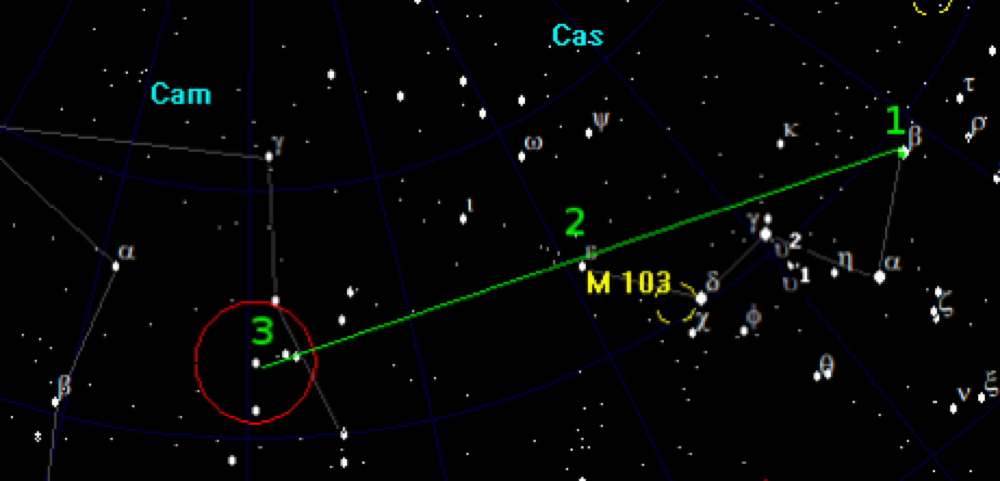Morello's outline there is wrongly traced,
His hue mistaken; what of that? or else,
Rightly traced and well ordered; what of that?
Speak as they please, what does the mountain care?
Ah, but a man's reach should exceed his grasp,
Or what's a heaven for?
Robert Browning, Andrea del Sarto, 1855.
Decades ago during the fall of a year that I recall might have been 1972, I attended Yom Kippur services at our family synagogue in Montreal, Congregation Shaar Hashomayim. The Congregation had instituted a new feature that year, a Yom Kippur Teach-in. I decided to give it a try. The topics were completely open that year, and the audience applauded every comment. I was a trifle nervous about saying anything, but I stood up and made a comment about God, and how our concepts of God are as
different as each of us might be. I ended my comment with these two lines from Robert Browning’s famous Andrea del Sarto:
Ah, but a man's reach should exceed his grasp,
Or what's a heaven for?
My comment did get a smattering of applause. Afterward my life went on, and on, until a few days ago, when writing a book featuring poetry about the night sky, I chanced upon Browning’s poem again.
 This Browning poem is surely one of his most famous and insightful. The poet suggests that Mount Morello, in Italy near Florence, is “wrongly traced.” He then supposes that the mountain itself, if it has consciousness, wouldn’t care if its outline was correct or not: “what does the mountain care?” In the final two lines of this section the poet transcends geographically from Morello to infinity, from earthly cares to the outermost reaches of space and time”-- “Or what’s a heaven for?”
This Browning poem is surely one of his most famous and insightful. The poet suggests that Mount Morello, in Italy near Florence, is “wrongly traced.” He then supposes that the mountain itself, if it has consciousness, wouldn’t care if its outline was correct or not: “what does the mountain care?” In the final two lines of this section the poet transcends geographically from Morello to infinity, from earthly cares to the outermost reaches of space and time”-- “Or what’s a heaven for?”
It is not often that someone can compare the reading of a great and fabulous poem with a sporting event, but here I try :
I like to compare these lines of “Andrea del Sarto” with watching a baseball game. In my experience a typical baseball game consists of lengthy stretches of strike-outs, some walks, breaks between innings, and other trivia.
But these breaks are interspersed with exciting base hits, doubles, triples, and home runs. These events often happen without warning, and a large crowd in the stands can be electrified instantaneously, rising to its feet as the ball heads off the field, into the stands. It does seem odd to compare a work of English Literature to a baseball game, but in this case, it works, offering us yet another way to enjoy the night sky.
Writing about ball games, I have missed a football game to see a deep partial eclipse of the Moon.

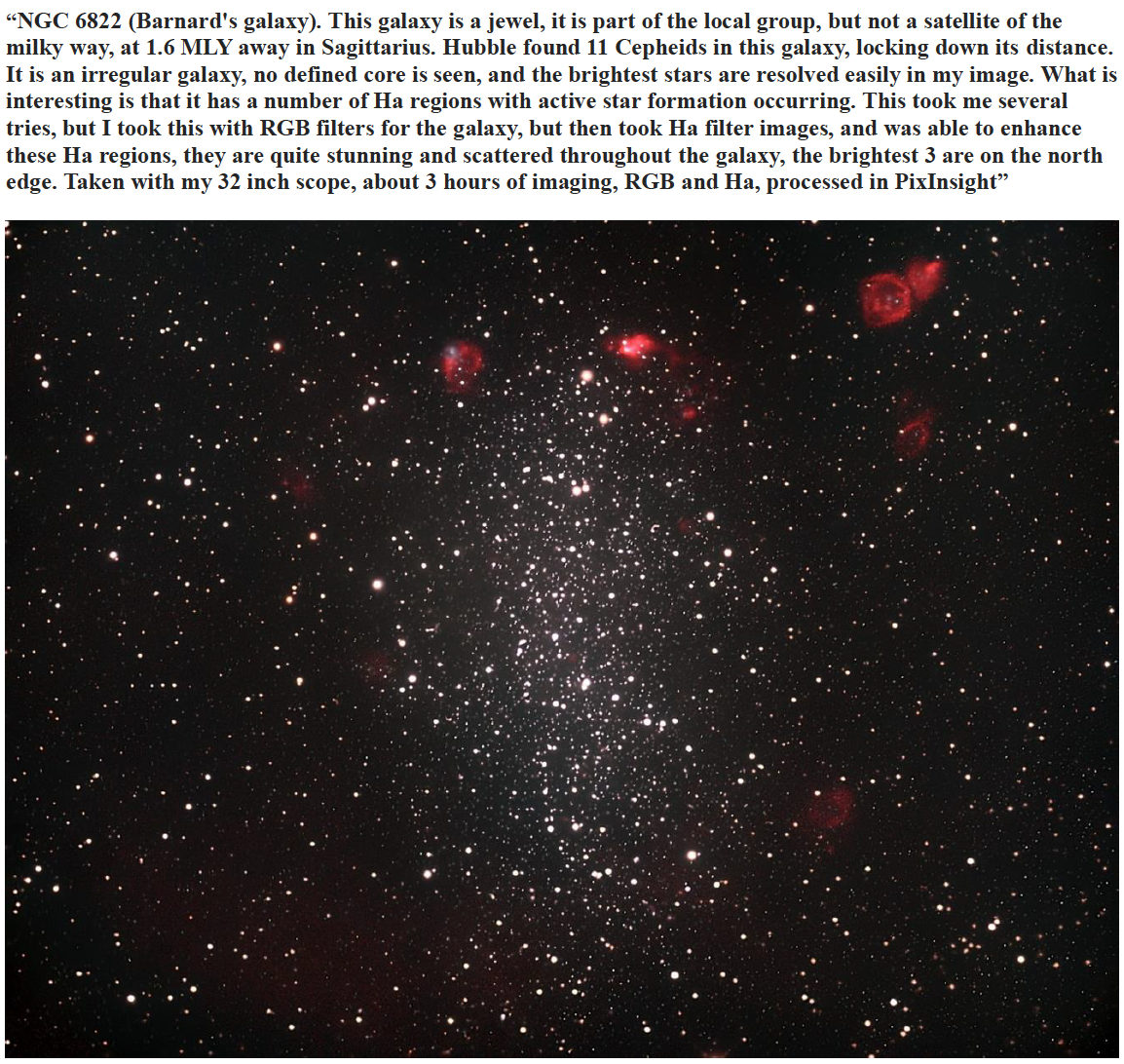

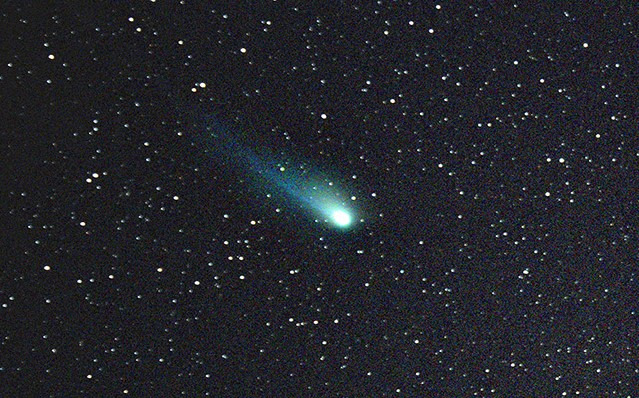 On Sunday, evening, 7 July 2024, I joined my colleagues Tim Hunter and James McGaha at Tim’s Grasslands Observatory. While they prepared for an evening of astrophotography, I set Cole up outside and began an hour of comet hunting in the northwest. At first the comet seemed elusive. But as I searched I noticed a familiar 10-square degree patch of sky. This was area 377, and right away it brought me back to my teenage years, when I began observing with friends at the Montreal Centre of the Royal Astronomical Society of Canada. Among their many observing programs was an organized comet and nova search. The sky was divided into 438 discrete areas, and I was assigned two: Area 40, which included Vega and its constellation of Lyra, and 377, south of the Big Dipper’s bowl. For years I faithfully checked these areas until the program, like some of the comets it never found, faded away more than half a century ago.
On Sunday, evening, 7 July 2024, I joined my colleagues Tim Hunter and James McGaha at Tim’s Grasslands Observatory. While they prepared for an evening of astrophotography, I set Cole up outside and began an hour of comet hunting in the northwest. At first the comet seemed elusive. But as I searched I noticed a familiar 10-square degree patch of sky. This was area 377, and right away it brought me back to my teenage years, when I began observing with friends at the Montreal Centre of the Royal Astronomical Society of Canada. Among their many observing programs was an organized comet and nova search. The sky was divided into 438 discrete areas, and I was assigned two: Area 40, which included Vega and its constellation of Lyra, and 377, south of the Big Dipper’s bowl. For years I faithfully checked these areas until the program, like some of the comets it never found, faded away more than half a century ago. 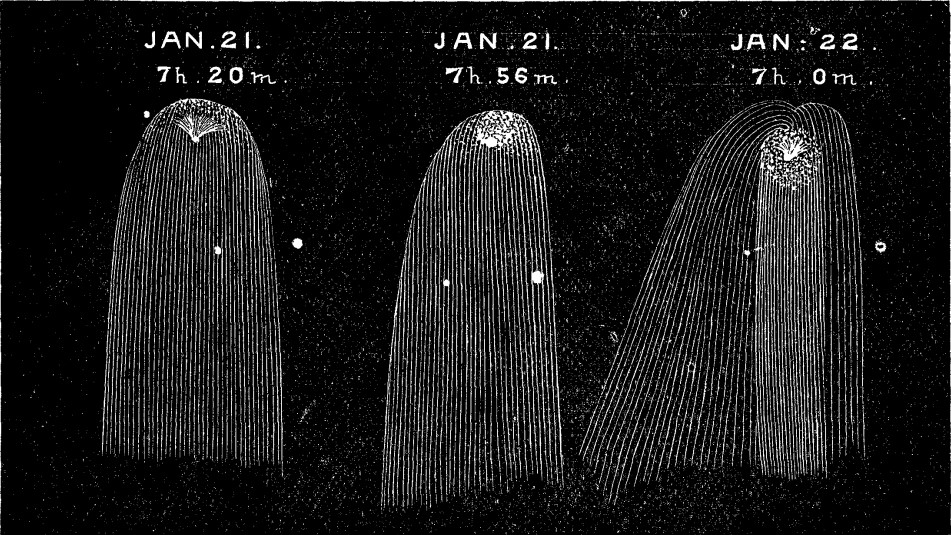
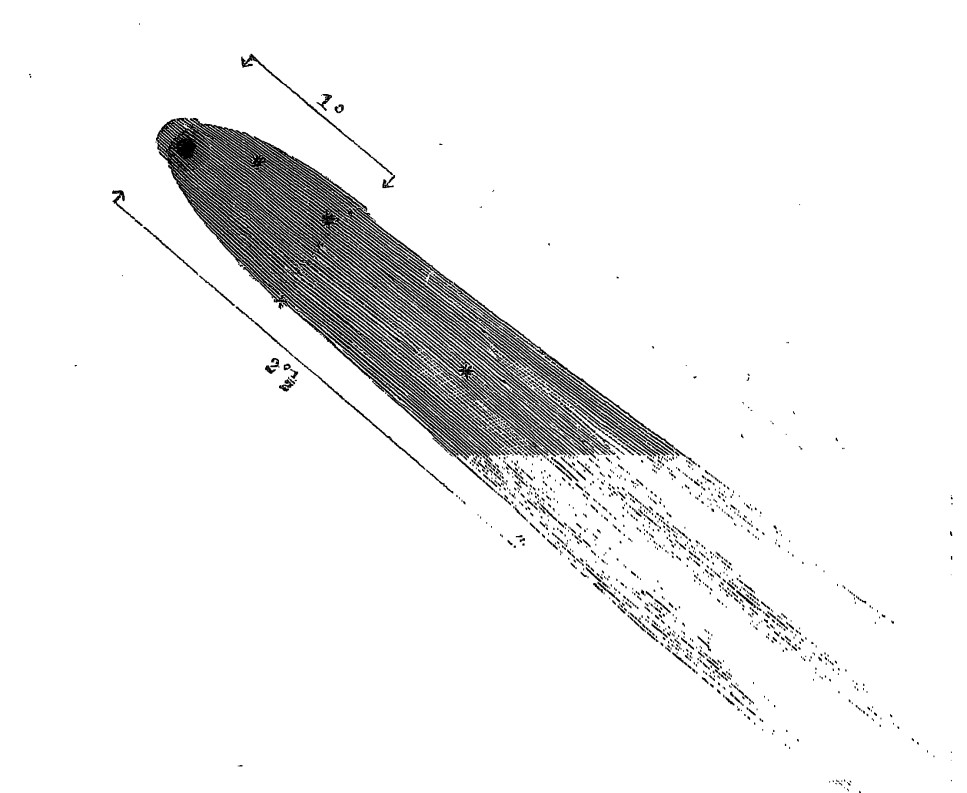 Like all serious comet hunters, Brooks was far more interested in discovering comets than in the money he could earn from these finds. In later years his success as a a comet hunter earned him a professorship in astronomy at Hobart College in Geneva, New York. With Brian Marsden’s 1979 Catalogue of Comet Orbits as a guide, we can surmise that Brooks discovered a minimum of 22 comets in his lifetime.
Like all serious comet hunters, Brooks was far more interested in discovering comets than in the money he could earn from these finds. In later years his success as a a comet hunter earned him a professorship in astronomy at Hobart College in Geneva, New York. With Brian Marsden’s 1979 Catalogue of Comet Orbits as a guide, we can surmise that Brooks discovered a minimum of 22 comets in his lifetime.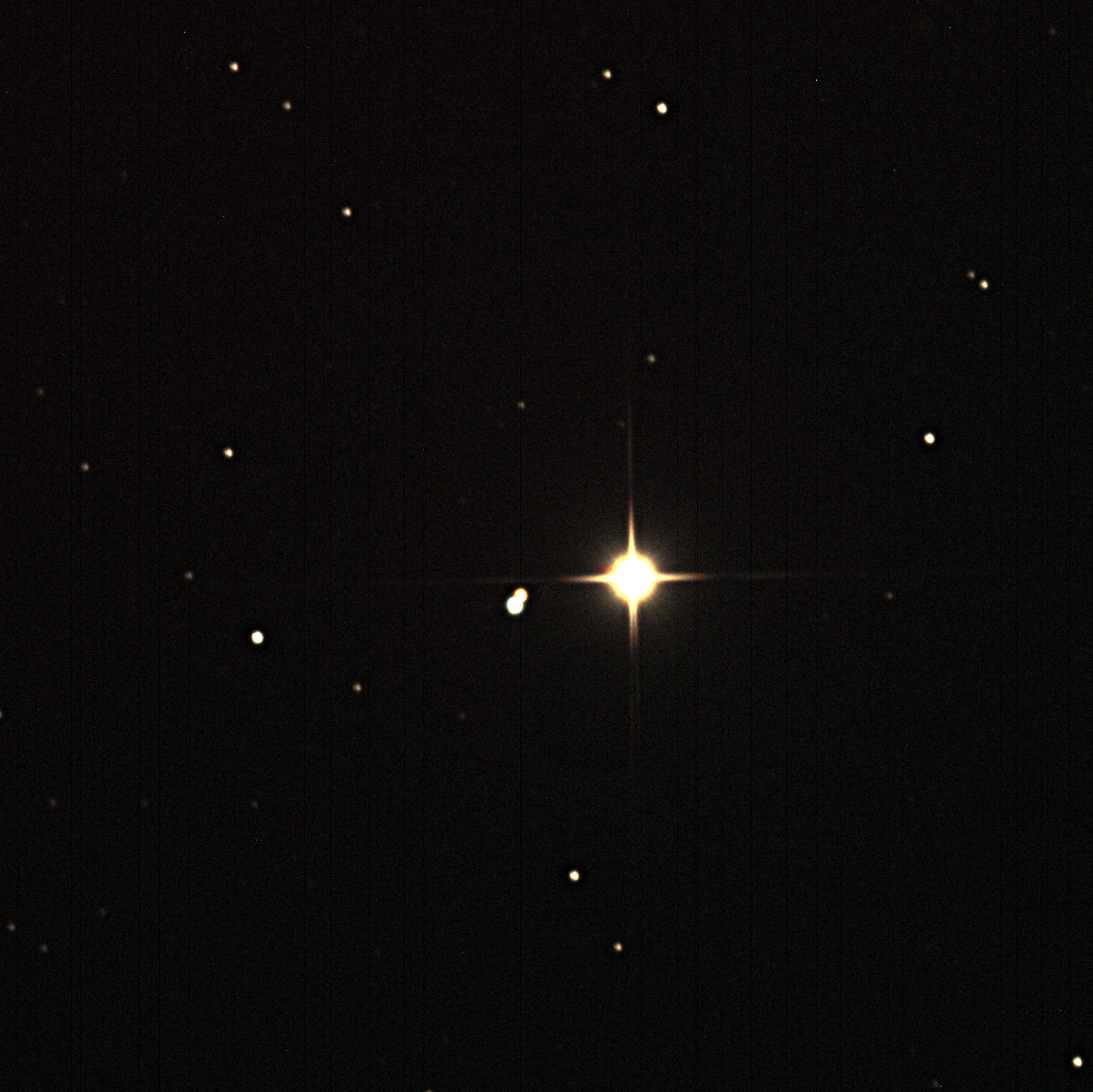
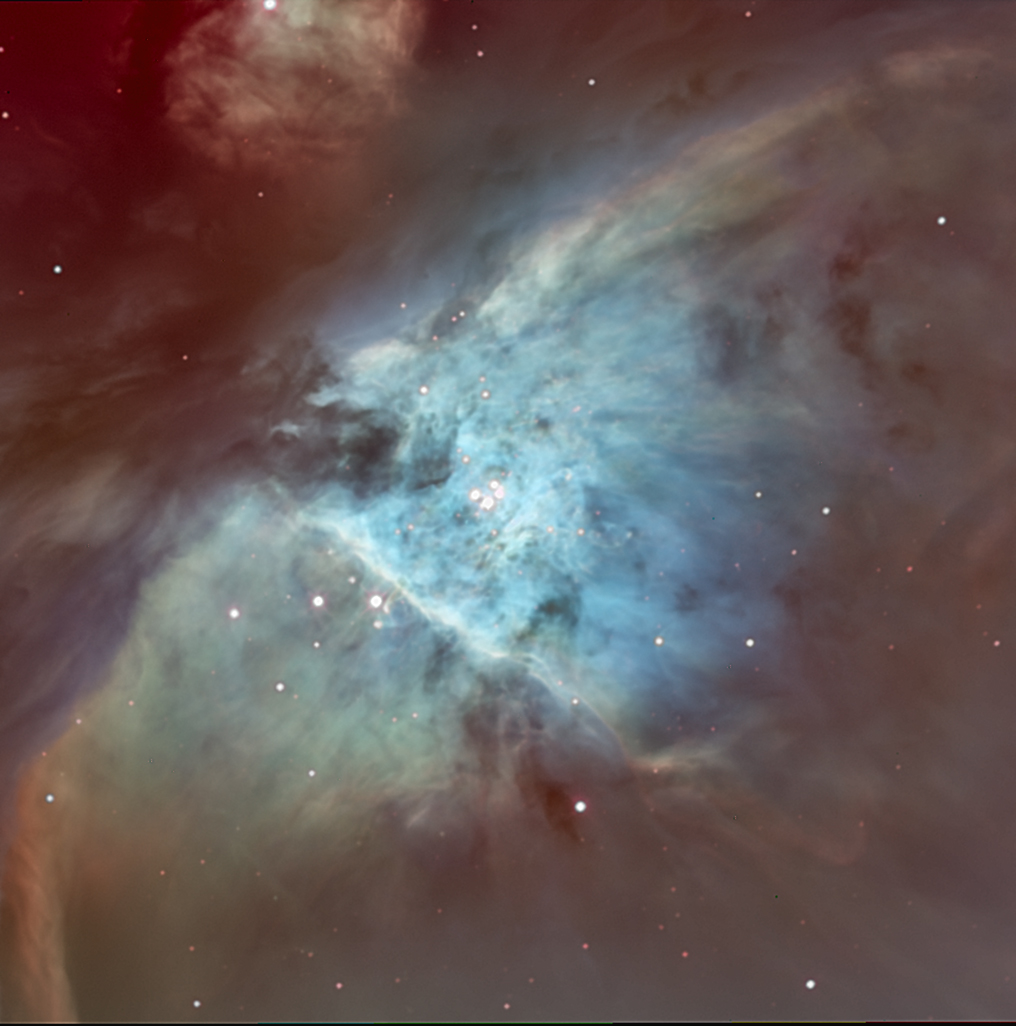

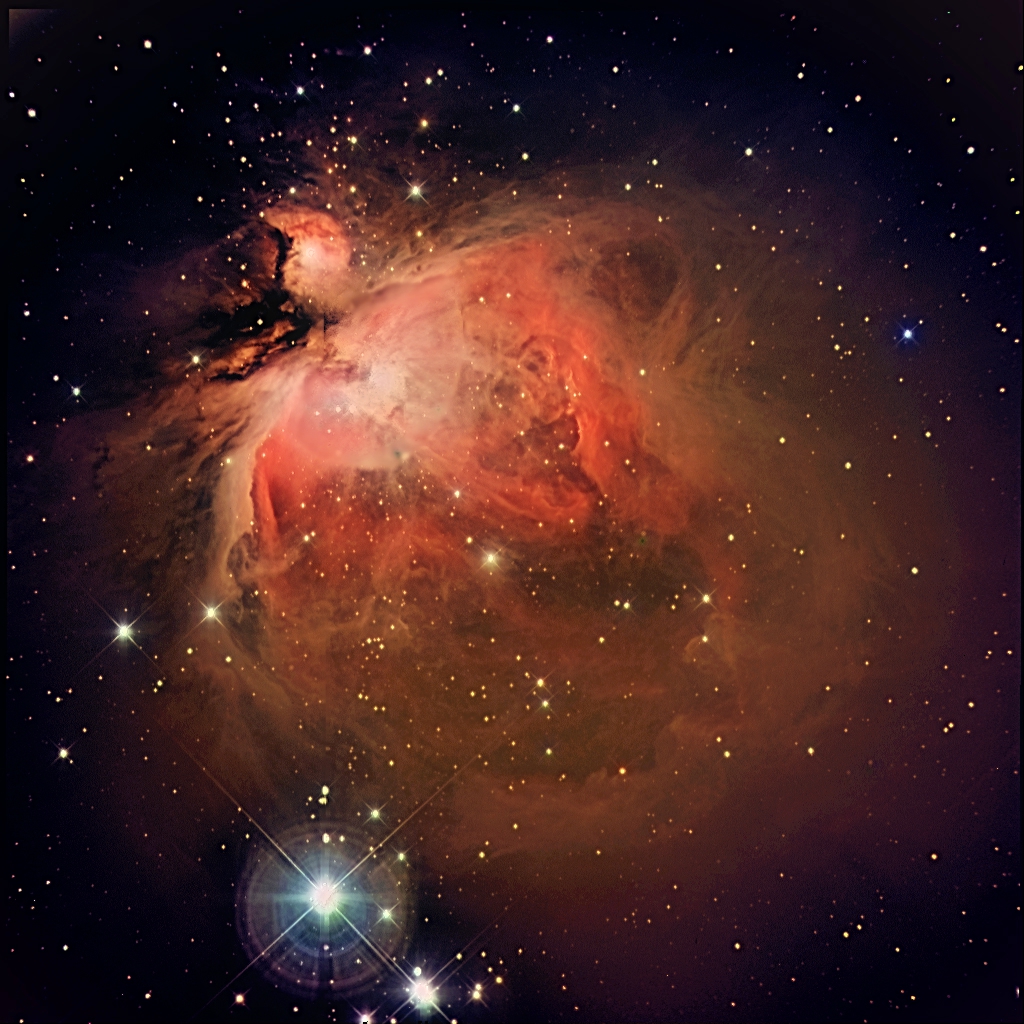
 In its final chapter, this book explores the theme articulated in the last verse of Peter, Paul, and Mary’s eminent song “Puff.” ”A dragon lives forever, but not so girls and boys.” The children, now grown, go to university. When they complete their college education, the young woman, adept at math and physics, becomes an astronomer, but the young man goes on to become a lawyer. He marries, has children who are now grown themselves, and unhappily gets a divorce. To recover he decides to take a vacation trip to Arizona. Driving his rented car one evening, he pulls off the road, gets out of his car, and looks at the stars. As childhood memories flood back, a second car pulls off. The young woman astronomer gets out of her car. The two cannot believe they are reuniting, and they catch up for hours. Then there is a break in their conversation. As the couple looks up silently at the stars, the magic beagle, and the telescope, appear and take shape. In that one ultimate celestial adventure, the magic of the night has returned.
In its final chapter, this book explores the theme articulated in the last verse of Peter, Paul, and Mary’s eminent song “Puff.” ”A dragon lives forever, but not so girls and boys.” The children, now grown, go to university. When they complete their college education, the young woman, adept at math and physics, becomes an astronomer, but the young man goes on to become a lawyer. He marries, has children who are now grown themselves, and unhappily gets a divorce. To recover he decides to take a vacation trip to Arizona. Driving his rented car one evening, he pulls off the road, gets out of his car, and looks at the stars. As childhood memories flood back, a second car pulls off. The young woman astronomer gets out of her car. The two cannot believe they are reuniting, and they catch up for hours. Then there is a break in their conversation. As the couple looks up silently at the stars, the magic beagle, and the telescope, appear and take shape. In that one ultimate celestial adventure, the magic of the night has returned.